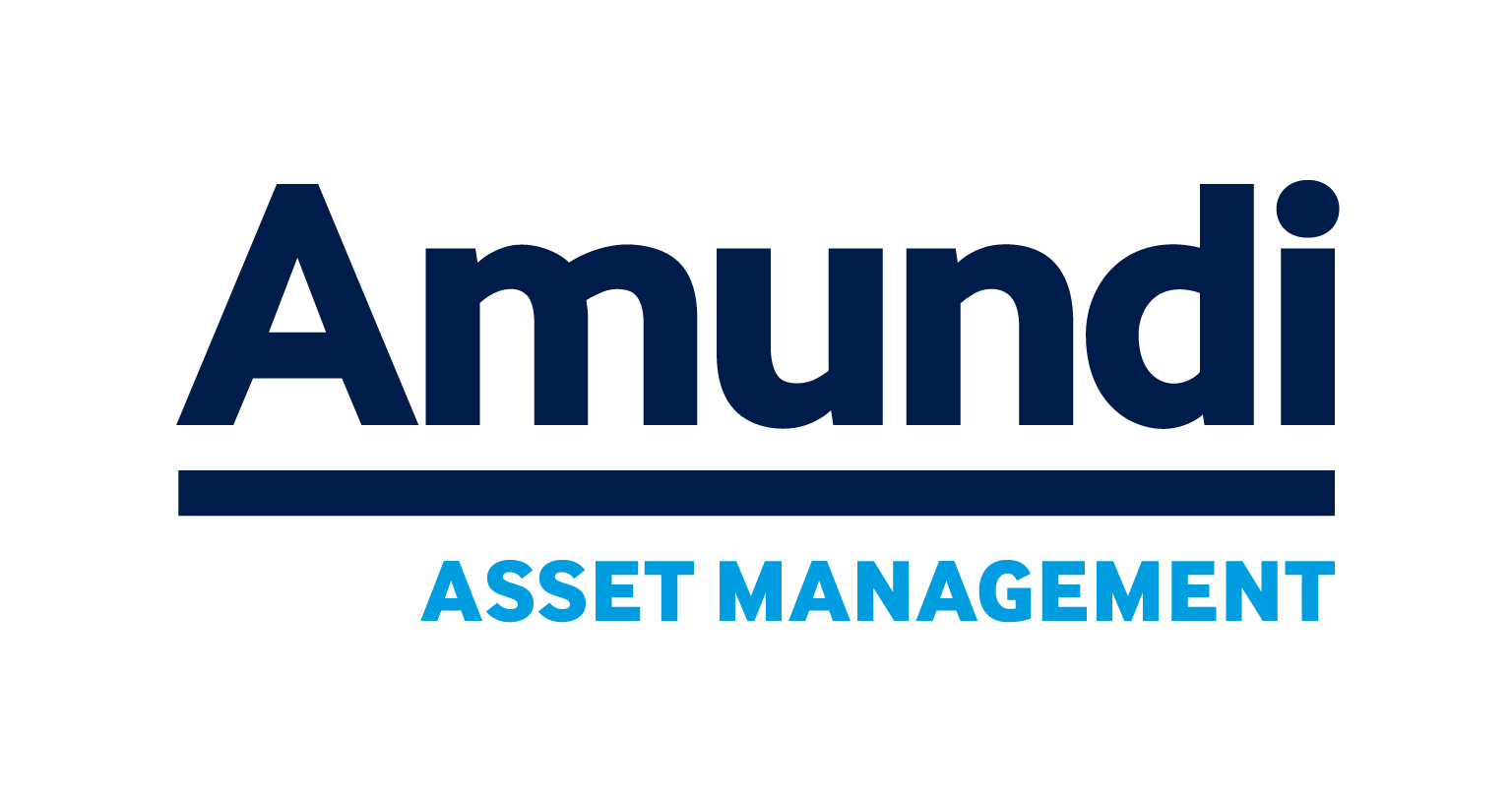10 key points on scenarios and return forecasts for the next 10 years
Energy transition delays, artificial intelligence and valuations will drive a reordering of asset class profiles

Delays in climate policies, rising geopolitical tensions, and the adoption of artificial intelligence are reshaping the long-term economic pathway. The evolution of these trends and the impact of high valuations in some areas will determine future expected returns and we identified the 10 key points that, in our opinion, will characterize scenarios and return forecasts over the next 10 years.
Let’s begin with the points related to the energy transition. Delays in climate policies and rising geopolitical tensions point towards a disorderly transition (point 1): the higher costs linked to this process will be deferred to later years and the overall transition path will get riskier as delays increase physical risks. Productivity gains from Artificial Intelligence (AI) may help to offset some of the economic impact from the transition but AI adoption will be gradual and the social and social costs still uncertain.
As we continue to see sustained inflation in the short term, the 2nd key point will converge towards central banks’ effort to reconcile their price stability and balance sheet reduction objectives with maintaining relatively low yields for markets to fund the transition’s financing requirements.
The road to net zero looks more challenging, and we stand at point 3, for many emerging markets, and differences across countries will become more pronounced. However, in a fair transition framework, a carbon tax could have a significant impact on growth and inflation (point 4).
Turning to asset allocation, we expect lower returns and higher volatility, in particular for equities (point 5). On average, indeed, 10-year expected returns are slightly lower compared with last year’s forecasts, in particular for Developed Market equities. As far as concerning fixed income, (point 6) we continue to consider it as a key engine for portfolio returns, in particular high-quality assets.
In a challenging risk-return backdrop for risky assets, Emerging Market debt, Hedge Funds and Private Debt should contribute to enhance diversification (point 7). These assets may offer an appealing risk-return payoff with low correlations to bonds and equities as long as they have an appropriate investment horizon.
In the equity space (point 8), US equity may see lower returns compared to the past, amid some areas of tight valuations. Investor may look at opportunities offered by a global approach and by markets such as India and EM ex China should which have a high growth potential.
Sector opportunities will help enhance return potential (point 9), with long-term trends, such as net zero investing and Artificial Intelligence, that will likely drive sector opportunities, even though healthcare, IT and Communications Services are expected to be the global winners, together with Financials benefitting from higher rates.
In the real and alternative space (10th and last point), Hedge Funds and Private Debt continue to have an attractive profile, Infrastructure is a good diversifier, while Real Estate is less attractive. Private Equity remains a key growth engine for investors with a higher risk and illiquidity tolerance.
By Monica Defend, Head of Amundi Investment Institute